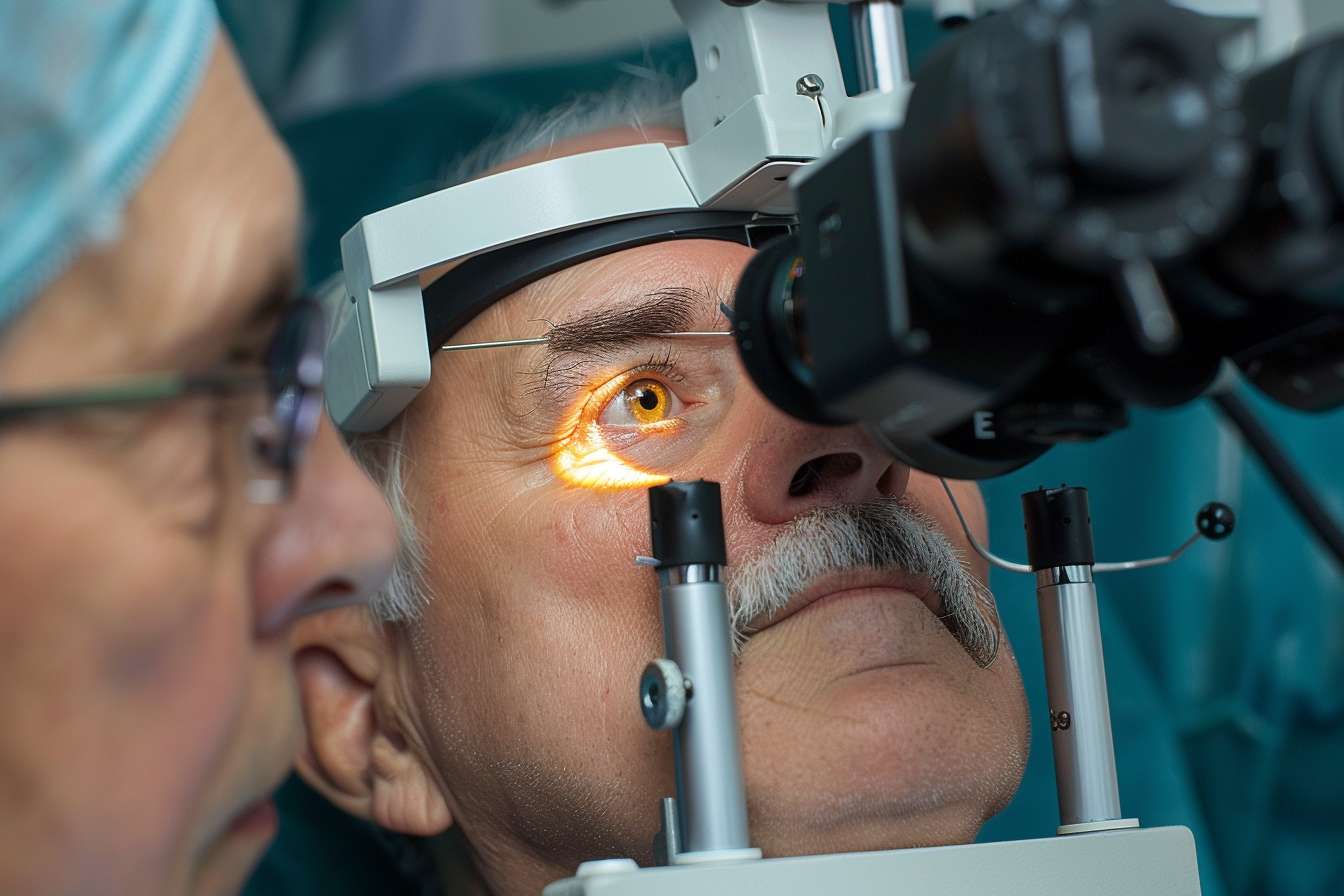Cataract Surgery Guide to Help You Understand the Process
Cataracts affect millions of people worldwide, causing cloudy vision that can significantly impact daily life. This comprehensive guide will walk you through everything you need to know about cataract surgery, from understanding the condition to recovery, helping you make informed decisions about your eye health.

What Are Cataracts and Why Surgery Is Needed
Cataracts occur when the natural lens in your eye becomes cloudy, typically due to age-related changes. This cloudiness prevents light from properly reaching the retina, resulting in blurred vision, increased glare sensitivity, and difficulty with night driving. Surgery becomes necessary when cataracts interfere with daily activities like reading, driving, or watching television, and when non-surgical treatments can no longer provide adequate relief.
When Should You Consider Cataract Surgery?
The decision to undergo cataract surgery typically comes when vision problems begin affecting your quality of life. Key indicators include:
-
Difficulty reading or performing detailed work
-
Problems driving, especially at night
-
Colors appearing faded or yellowed
-
Frequent changes in eyeglass prescriptions
-
Double vision in a single eye
-
Regular activities becoming challenging due to poor vision
How to Prepare for Cataract Surgery
Preparation for cataract surgery involves several steps to ensure optimal outcomes:
-
Complete eye examination and measurements
-
Discussion of lens options with your surgeon
-
Review of current medications
-
Arrangement of transportation for surgery day
-
Following pre-operative instructions, such as fasting
-
Using prescribed eye drops as directed
What Happens During the Procedure
Cataract surgery is typically an outpatient procedure lasting 15-45 minutes. The surgeon makes a tiny incision in the eye, removes the cloudy lens using ultrasound technology (phacoemulsification), and replaces it with an artificial intraocular lens (IOL). The procedure is performed under local anesthesia, and most patients remain awake but relaxed throughout.
Recovery: What to Expect and What to Avoid
The initial recovery period typically lasts a few days to weeks. Most patients notice improved vision within 24-48 hours. During recovery:
-
Use prescribed eye drops as directed
-
Wear an eye shield while sleeping
-
Avoid touching or rubbing your eyes
-
Skip strenuous activities for several weeks
-
Attend all follow-up appointments
-
Protect your eyes from bright light
Cataract Surgery Costs and Insurance Coverage
| Type of Lens | Average Cost Range | Typical Insurance Coverage |
|---|---|---|
| Standard IOL | $3,000-$4,500 per eye | Usually covered |
| Premium IOL | $4,500-$7,000 per eye | Partially covered |
| Laser-Assisted | $4,000-$6,000 per eye | May require additional payment |
Prices, rates, or cost estimates mentioned in this article are based on the latest available information but may change over time. Independent research is advised before making financial decisions.
This article is for informational purposes only and should not be considered medical advice. Please consult a qualified healthcare professional for personalized guidance and treatment.




